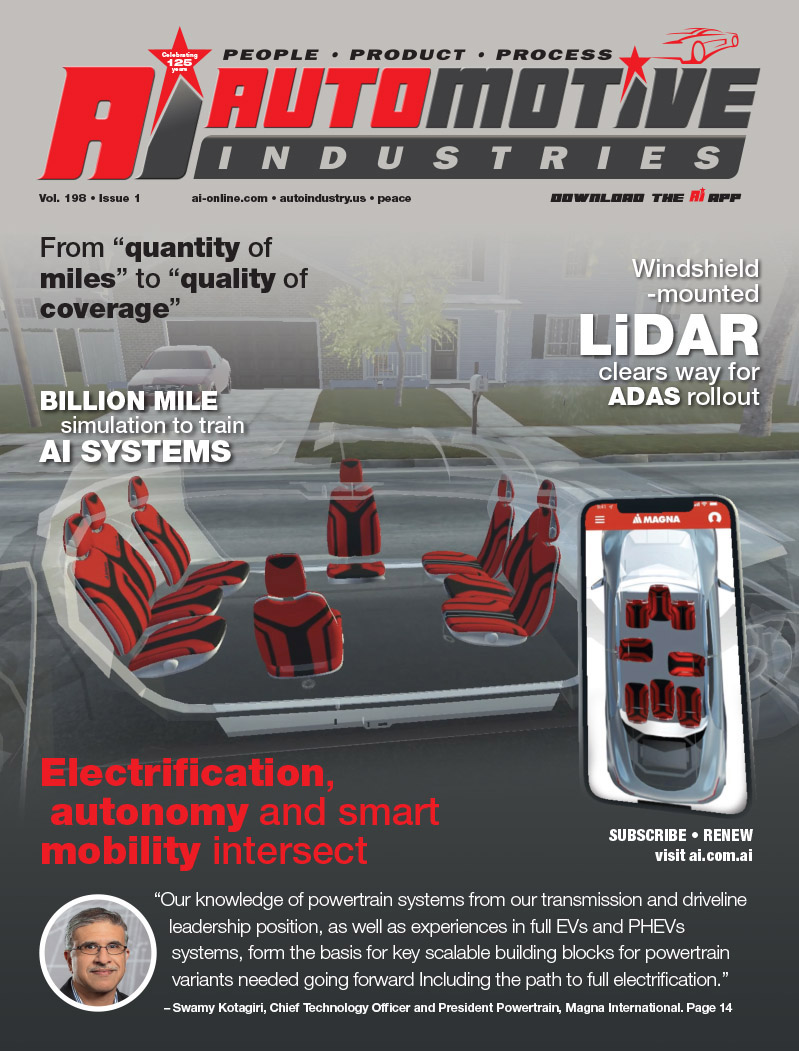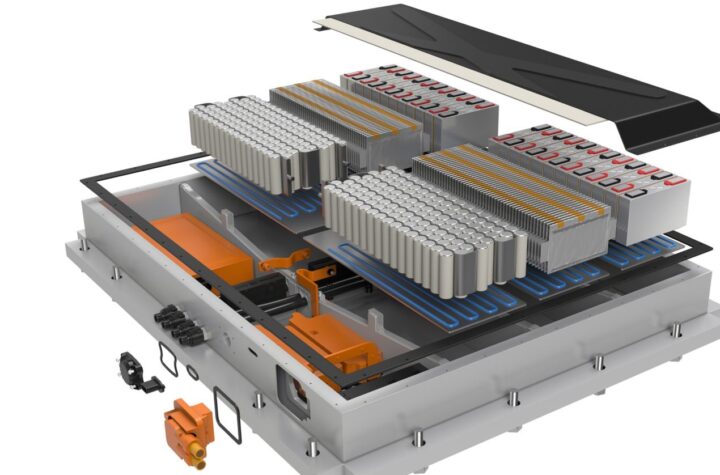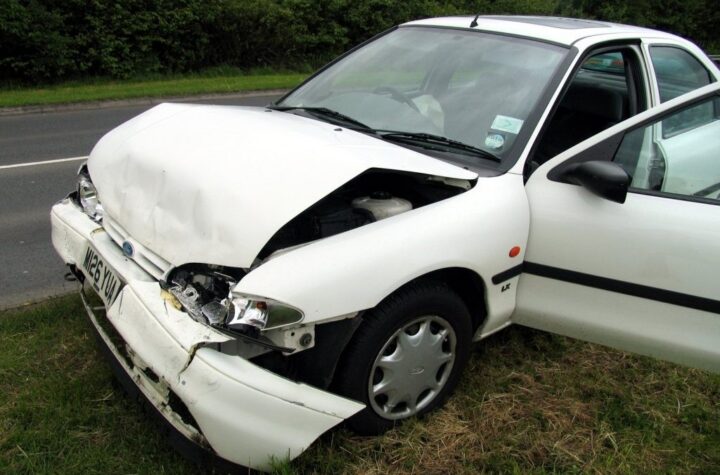
This engine was created for the generation of electrical energy, but we realized that it could also be used in automobiles. In light of rising fuel prices, the applications of this engine to motor vehicles would rival hybrid car engines in terms of efficiency.
This engine’s structure significantly reduces friction and vibrations which typically hinder power generation. Therefore, even in the case of equal fuel consumption, power will be increased compared to conventional engines.
Presentation of the product
http://www.namikoshi.co.jp/product/engine.html
http://www.youtube.com/watch?v=dl_eP3c4gD8 (YouTube)
Features
- Reduced friction
This feature is achieved because of fewer friction parts.
Ball bearings can be used. With ball bearings, friction can be further reduced.
- Reduced vibrations
Thanks to the coherent rotation between dynamic balance and static balance, vibrations are highly improved.
Balance consistency makes vibration similar to the rotary engine’s.
- Removal of round-trip kinetic energy generated by reciprocating motion
Pistons’ reciprocating motion generates round-trip kinetic energy between the crankshafts.
In this engine’s structure, the pistons’ kinetic energy directly offsets the balancer’s. Therefore, kinetic energy does not go through piston pins or crank pins.
As kinetic energy does not go through pins, there is no energy loss due to friction.
- Expansive power is transmitted from one piston to another, reducing the loss of energy.
All four pistons are connected and incorporated as one. Expansive power is directly transmitted from one piston to the other three, reducing energy loss. In conventional structures, much energy is wasted as expansive power is transmitted through numerous mechanical linkages.
- Features of the engine
Weight: Approx 90 kg. (machinery accessories
are not included)
Measurements: Approx 800 mm (W) x 500 mm (D) x 250
mm (H)
Cubic capacity: Approx 1.500 cc.
Bore: 62 mm
Stroke: 125 mm
Structure: Flat-four engine, with four pistons
integrated as one.
It moves simultaneously back and
forth.
Patents: Obtained in Japan, U.S.A. and China












More Stories
DuPont materials science advances next generation of EV batteries at The Battery Show
How a Truck Driver Can Avoid Mistakes That Lead to Truck Accidents
Car Crash Types Explained: From Rear-End to Head-On Collisions